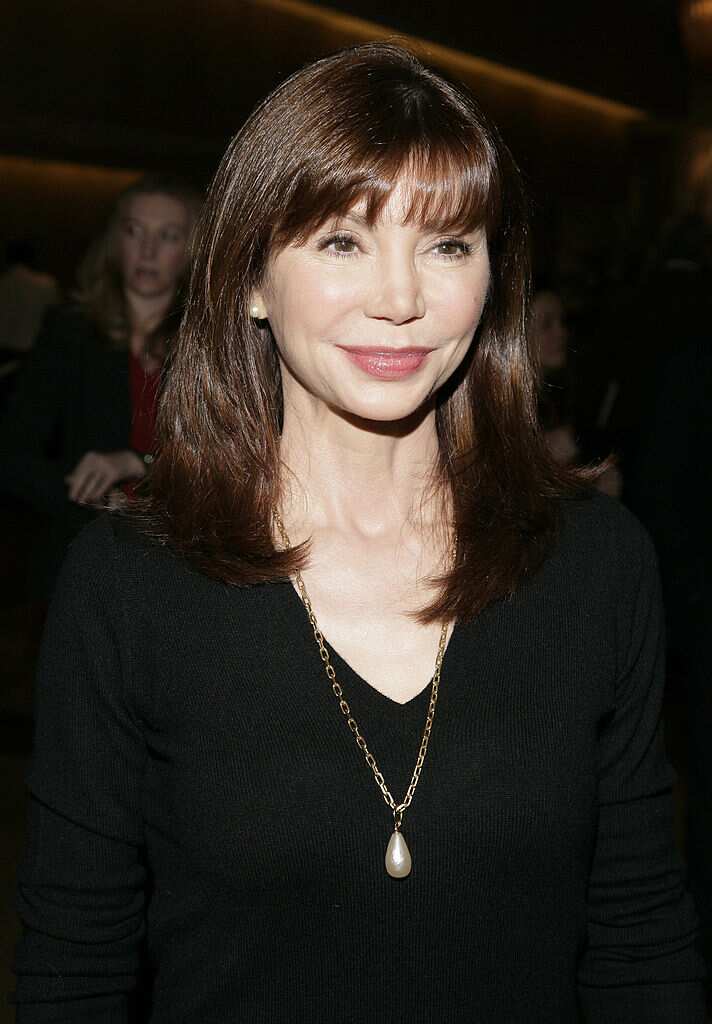
You will notice that images are not displayed for numerous images. Compare the results with other browsers like Chrome or Firefox, which display the missing images just fine. Using default Opera (or Brave) settings, visit any of the following plugin searches at the Plugin Directory and scan down thru the results. And will cause more problems than you solve. If you must block a resource based ONLY on the path info in the request (e.g., if the URL contains “ad” or “google”), then you’re doing it wrong. I can tell you from experience that blocking based on legitimate strings found in URLs and/or file names is a bad move. At least, that is what I *think* is happening. Yes the ad-blocking feature does stop some actual advertisements, but it’s also breaking many legit non-ad images due to overzealous blocking of any resource that includes a phrase such as “adsense”, “google”, or “analytics” (and probably others) in the URL or file name. So that means the vast majority of Opera and Brave users are surfing, essentially, a broken Web. And I’m guessing probably that only a small percentage of options users are going to disable something as useful sounding as “Block Ads” or “Block Tracking”. So all users who have not gone out of their way to disable the “Block Ads” and “Block Tracking” options are missing possibly important and/or useful information while browsing the Internet. but in Opera (and Brave) the images are broken.Īnd this is happening out of the box. Talking millions of false-positive, broken images every day. That means millions of people are surfing around getting missing/broken images all over the Web. These browsers include features that disable ads and trackers, which are enabled by default.

Opera, Brave, and probably other browsers (haven’t had a chance to check them all) are blocking images that should not be blocked. Opera ad/tracking blocker = false positives galore.

Browsing through the results, you will find many examples of missing images that should not be getting blocked. These settings are all enabled by default.Īpparently the blocking feature in Opera and Brave is determining (at least in part) if an image should be blocked based on its URL, file name, and possibly factors like tag attributes and other contextual markup clues.įrom what I’ve seen so far, the ad-blocking algorithm blocks any image associated with specific phrases such as “ads”, “analytics”, or “google”.Īn example of these browsers blocking legit (non-ad) images can be seen by visiting the WordPress Plugin Directory, and searching for plugins that involve phrases such as “ads”, “analytics”, or “google”. For Brave it’s the setting, “Block cross-site trackers”. Thanks to the Opera settings “Block Ads” and “Block Trackers”, many legitimate (non-ad) images are broken. The Opera and Brave web browsers are blocking many legit images (and likely video and other types of media).


 0 kommentar(er)
0 kommentar(er)
